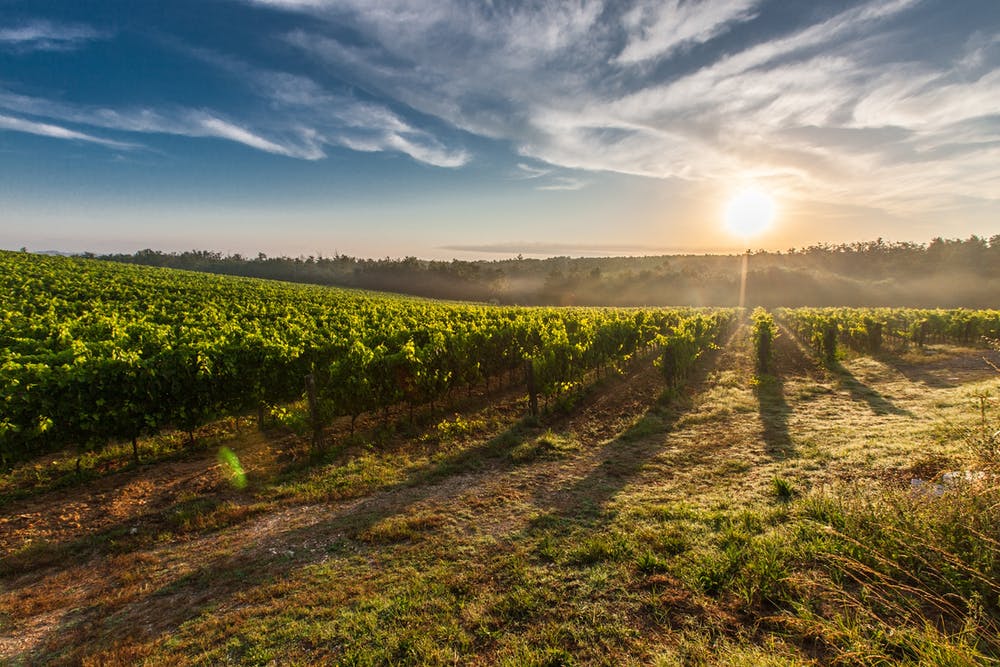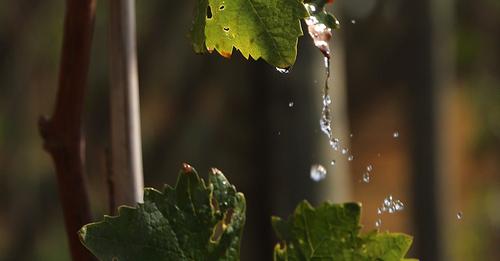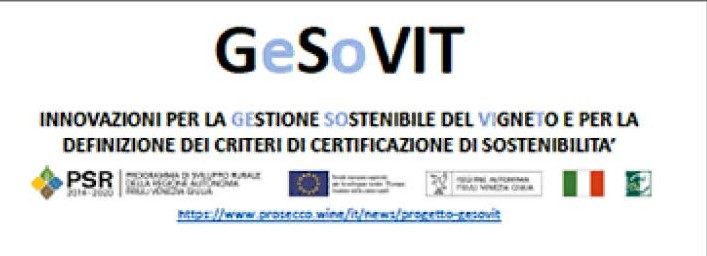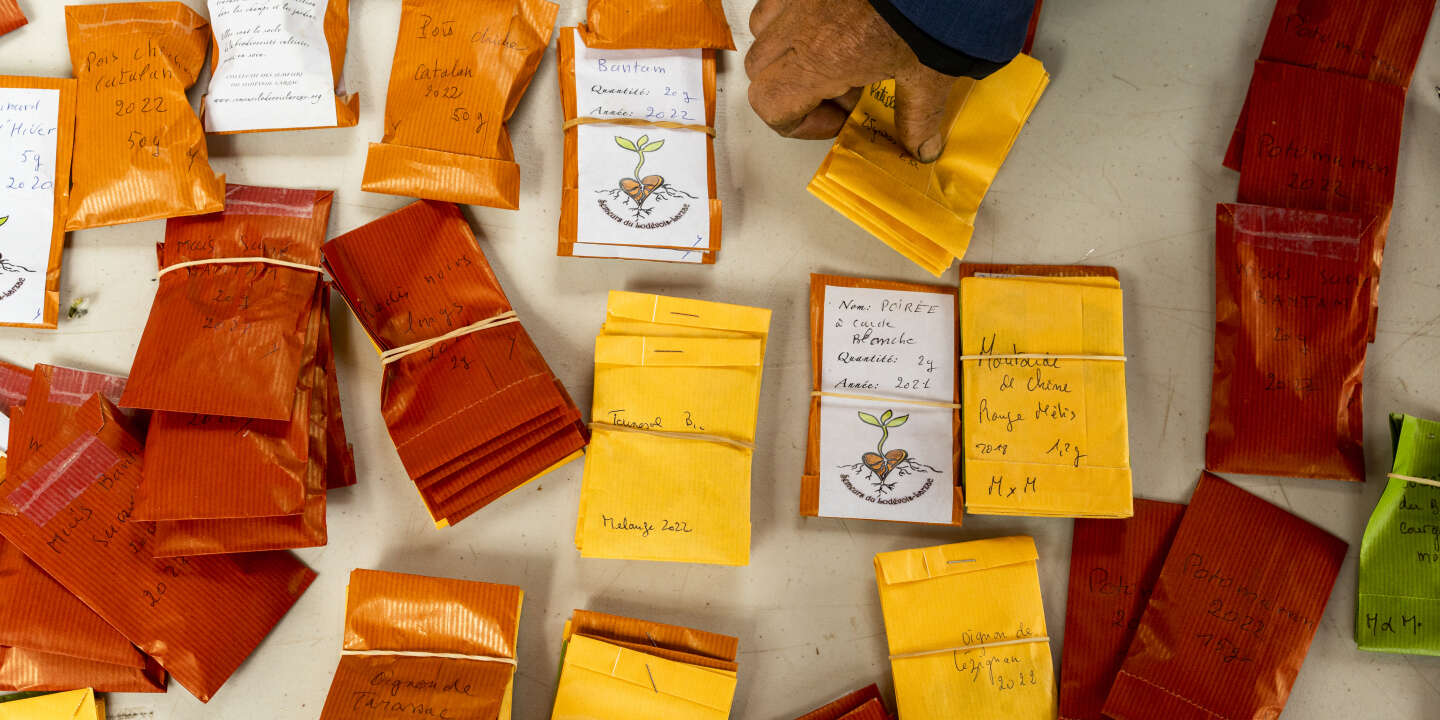Vineyard management

The way the vine is managed is made up of the height of the trunk of the vine, the pruning system (goblet pruning, Royat cordon pruning, Guyot pruning, etc.), the load (number of buds and branches left on each cep) and the trellising of the branches (espalier, lyre, crowd). When planting a plot, the density (inter-row and inter-vine space) and the orientation of the rows are also an important consideration. All these points are levers for adaptation to climate change:
- Planting density: impact on the water balance of the vine
- Row orientation: impact on intercepted radiation
- Cup pruning: shelter of the clusters in the heart of the foliage
Vitiforestry, agroforestry applied to viticulture, is developing. It designates the association of trees and crops or animals on the same agricultural plot. The shade of trees has an effect on the radiation received by the vine.
Shading systems can also be installed. They make it possible to regulate the temperature of the plant material and the soil that carries it thanks to a cooler microclimate, especially in the case of extreme temperatures, and to reduce water stress by reducing evapotranspiration to better cope with periods of prolonged drought when water reserves are low.
If you want to know more about the solutions mentioned, consult their specific pages.
Author: Maddy Tintinger
If you wish to contribute to this sheet, contact contact@vineas.fr
Σχέσεις
- Δίκτυο
- Λίστα
- Γεωτοποθεσία
- Περισσότερα
Il documento è stato redatto dal Gruppo di esperti “Protezione della vite e tecniche viticole”(PROTEC) della Commissione “Viticoltura”.
- Περισσότερα
GeSoVit - Innovazioni per la gestione sostenibile del vigneto e per la definizione dei criteri di certificazione di sostenibilità ambientale per l'azienda vitivinicola
Adozione di nuove pratiche per una generale riduzione dell’impatto ambientale e protocolli propedeutici e funzionali per la certificazione di sostenibilità ambientale dell’azienda vitivinicola
- Περισσότερα
INRAE - Institut national de recherche en agriculture, alimentation et environnement
INRAE, l’Institut national de recherche en agriculture, alimentation et environnement est né le 1er janvier 2020. Il est issu de la fusion entre l’Inra et Irstea




